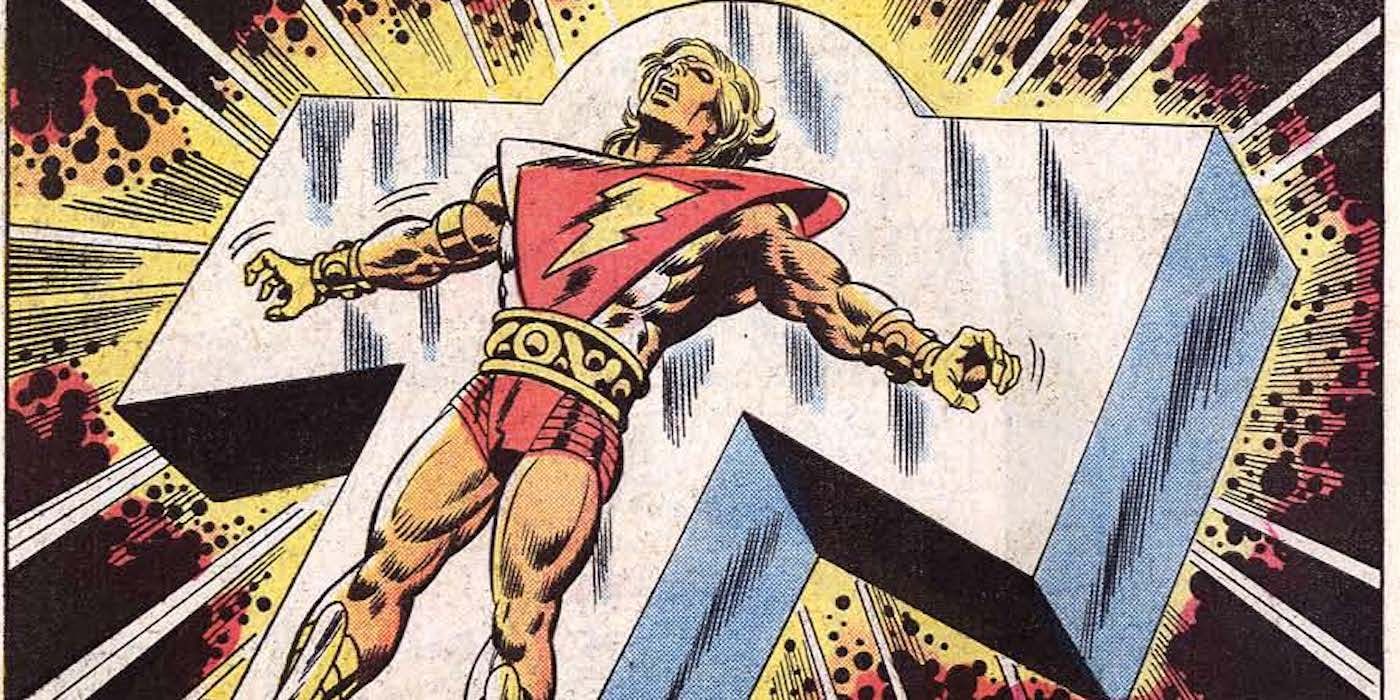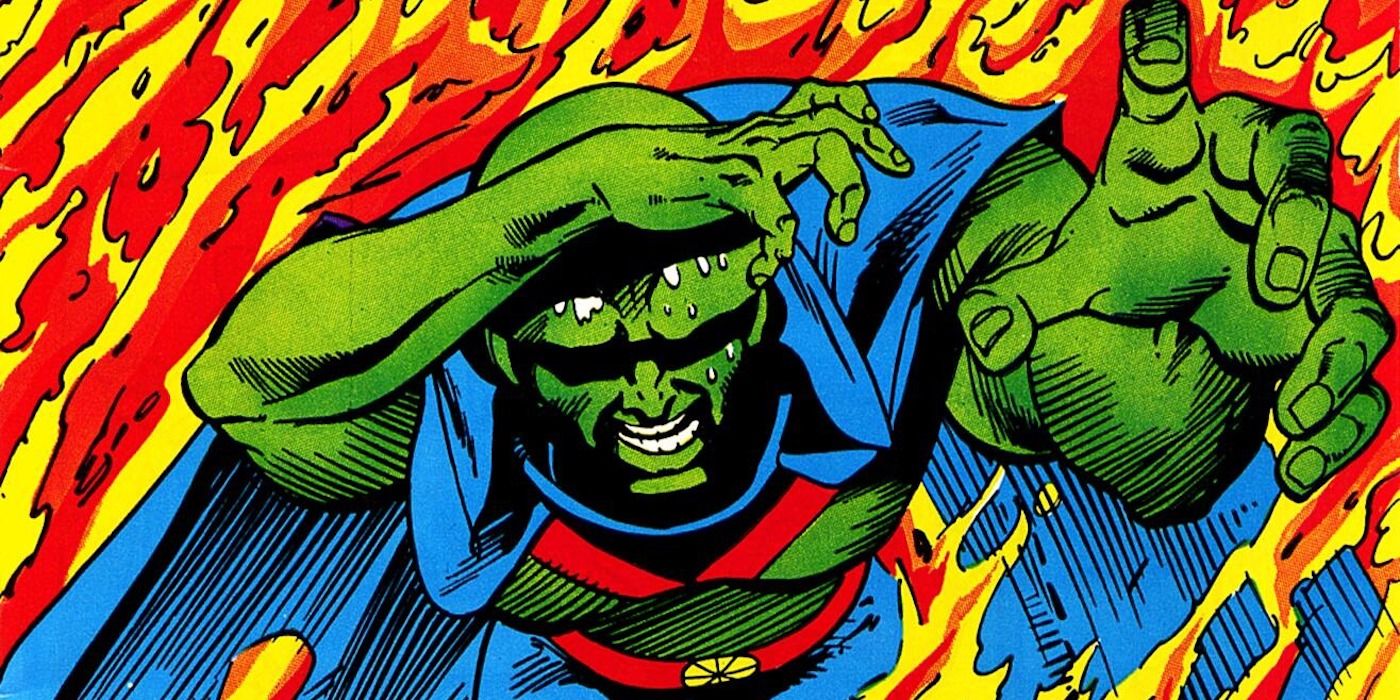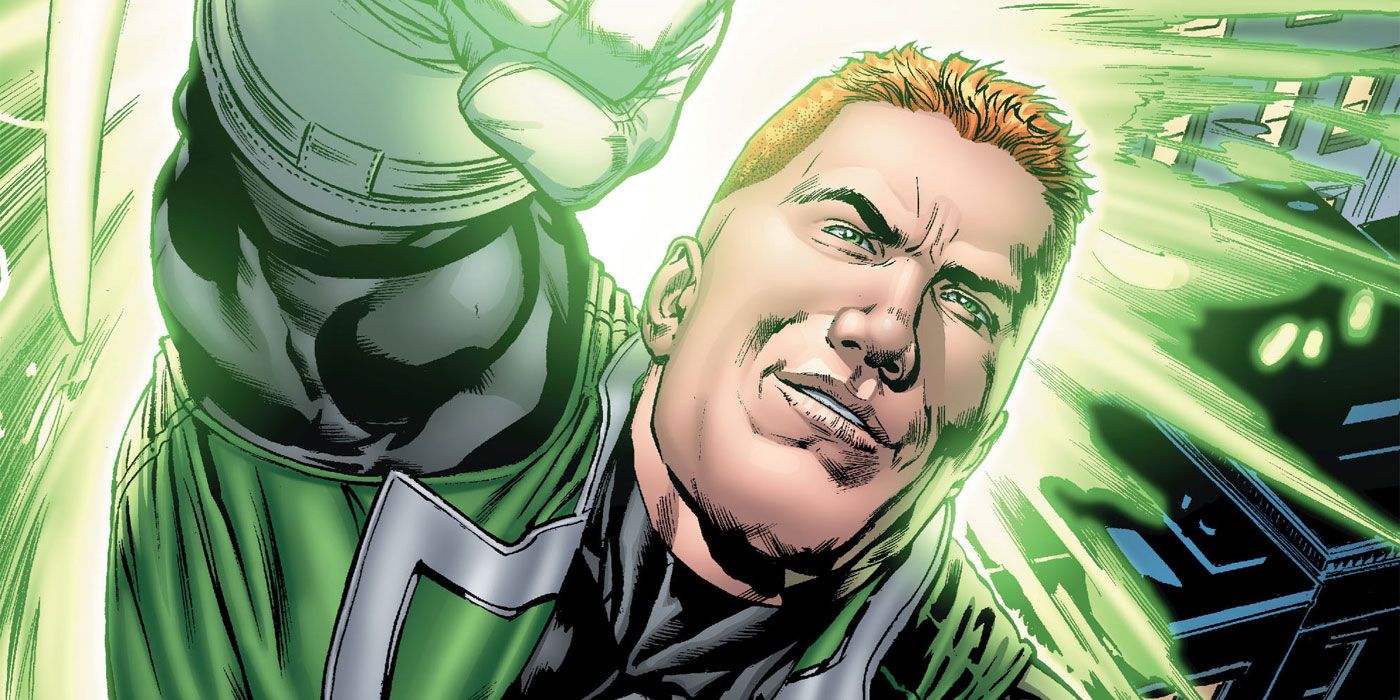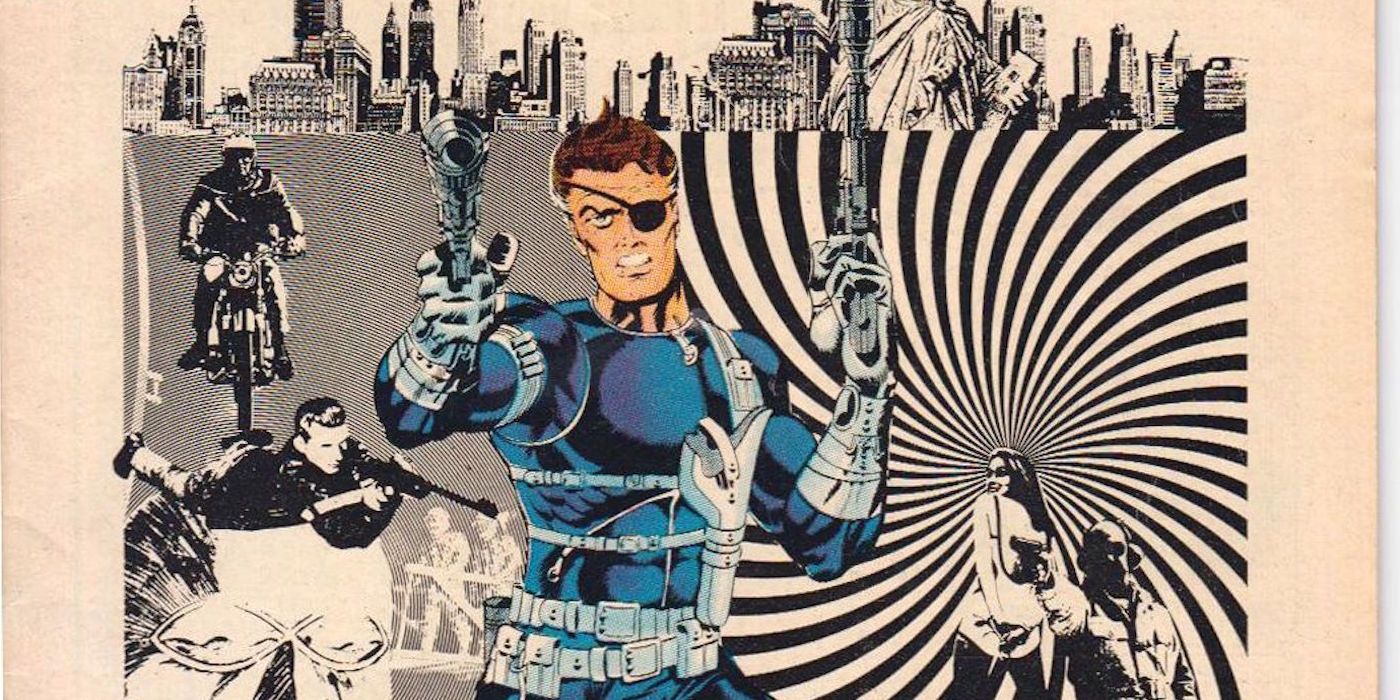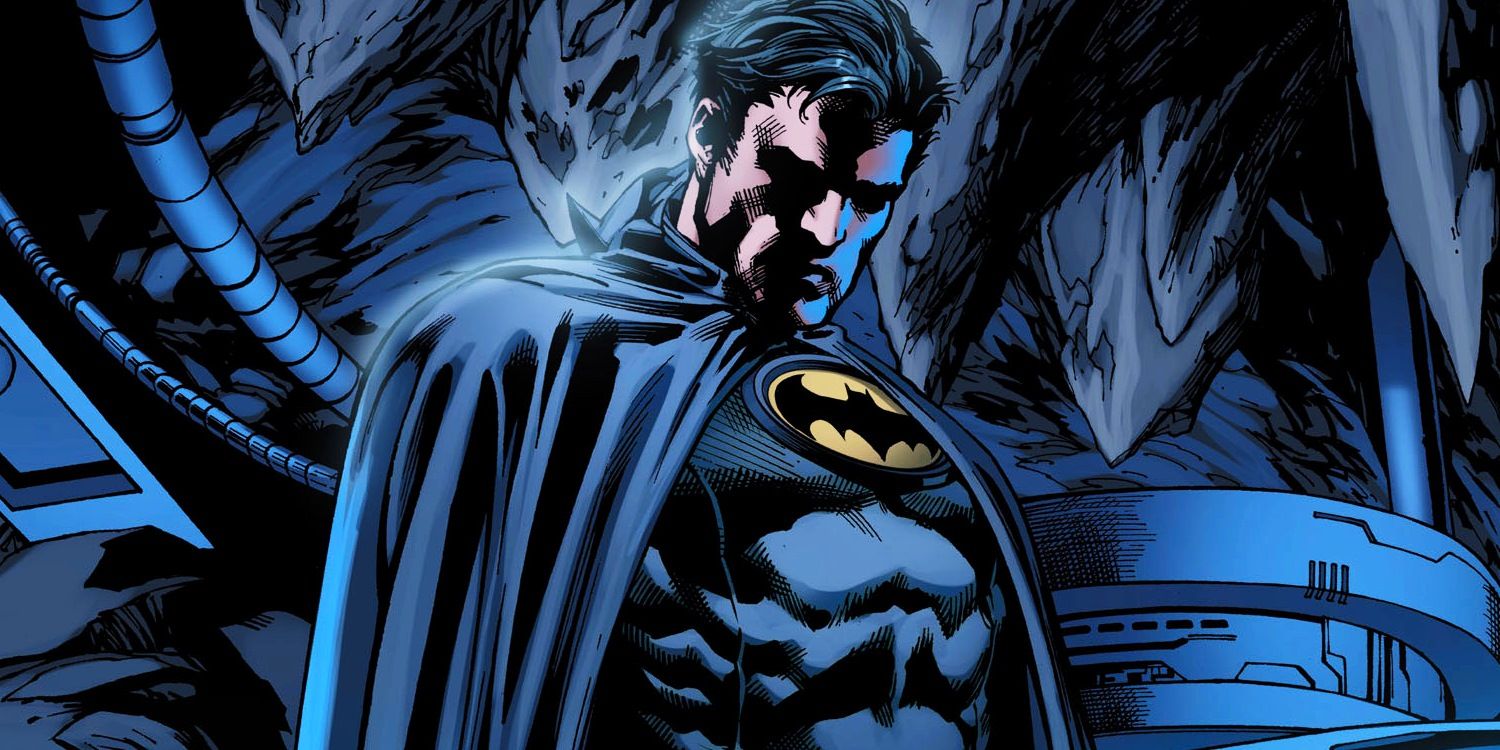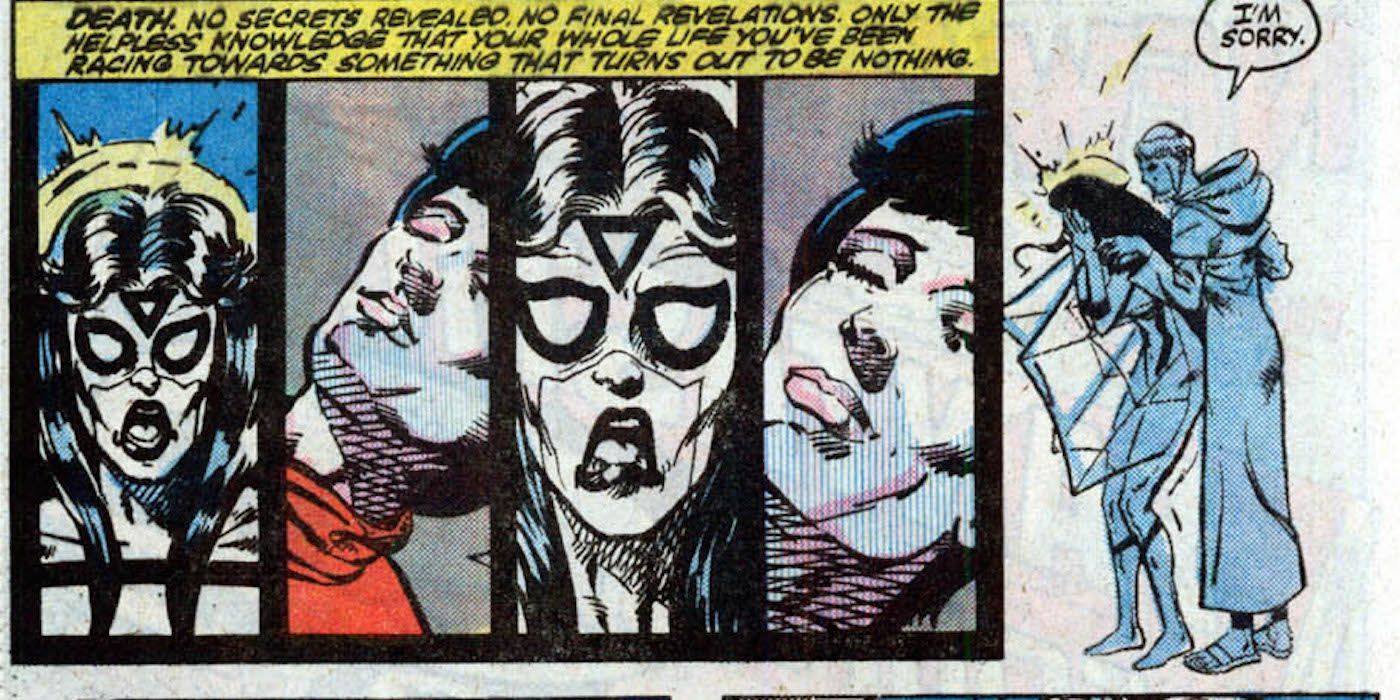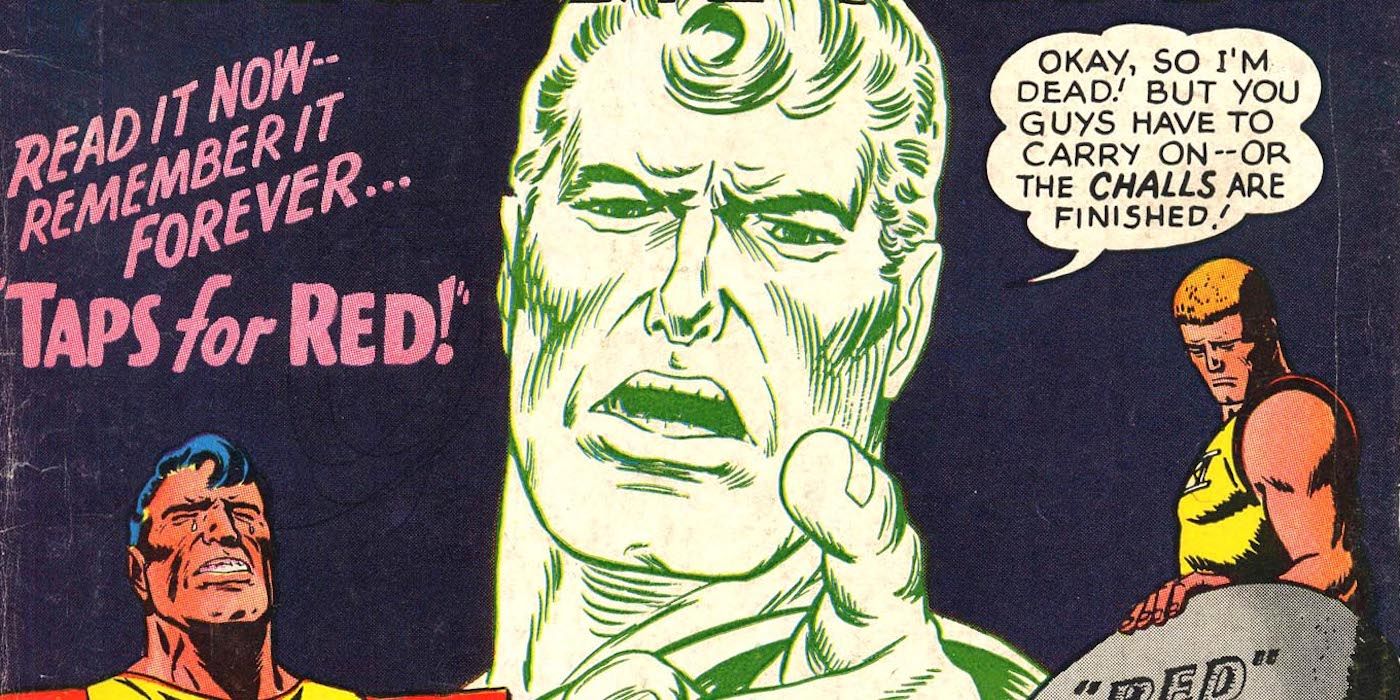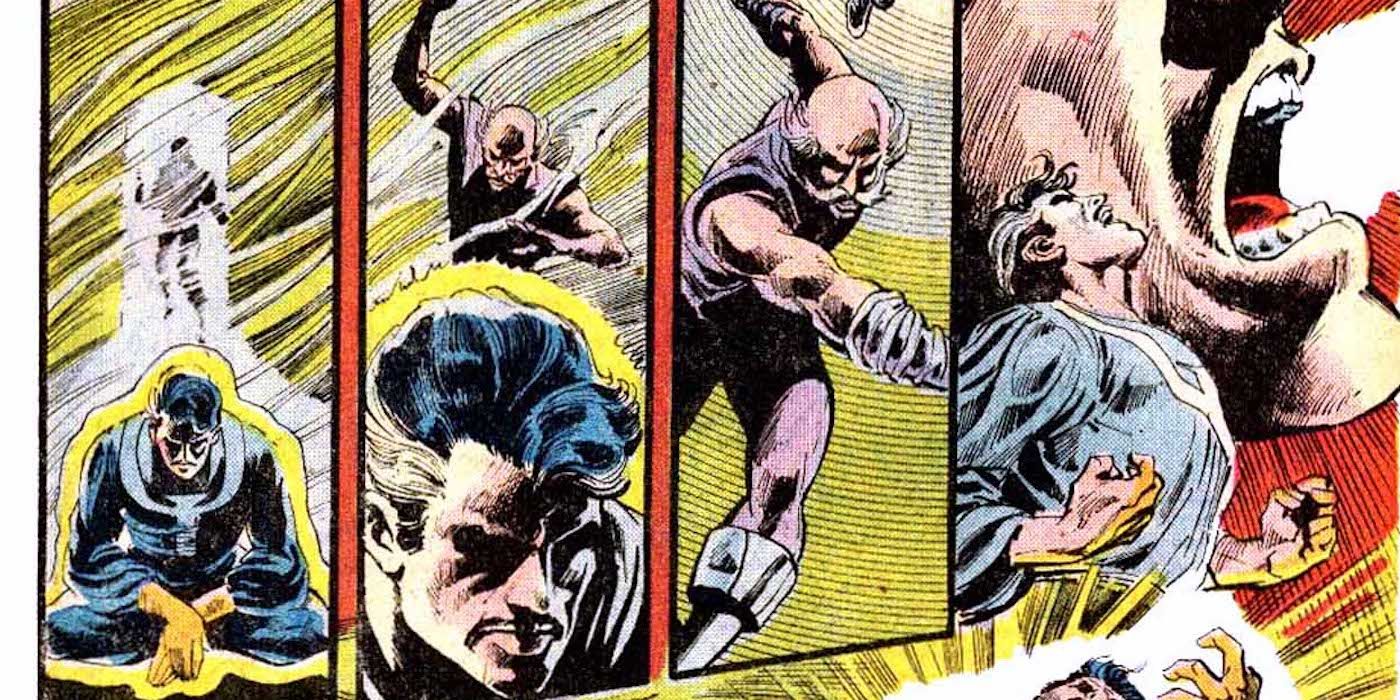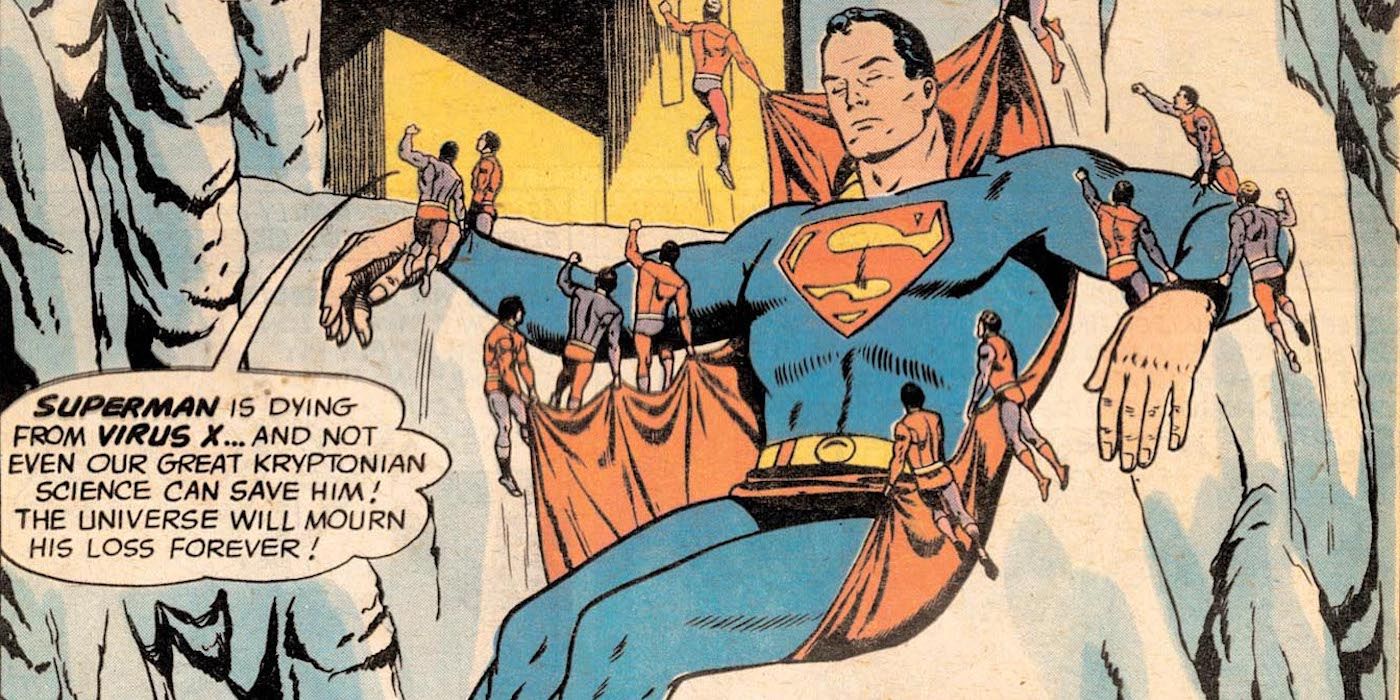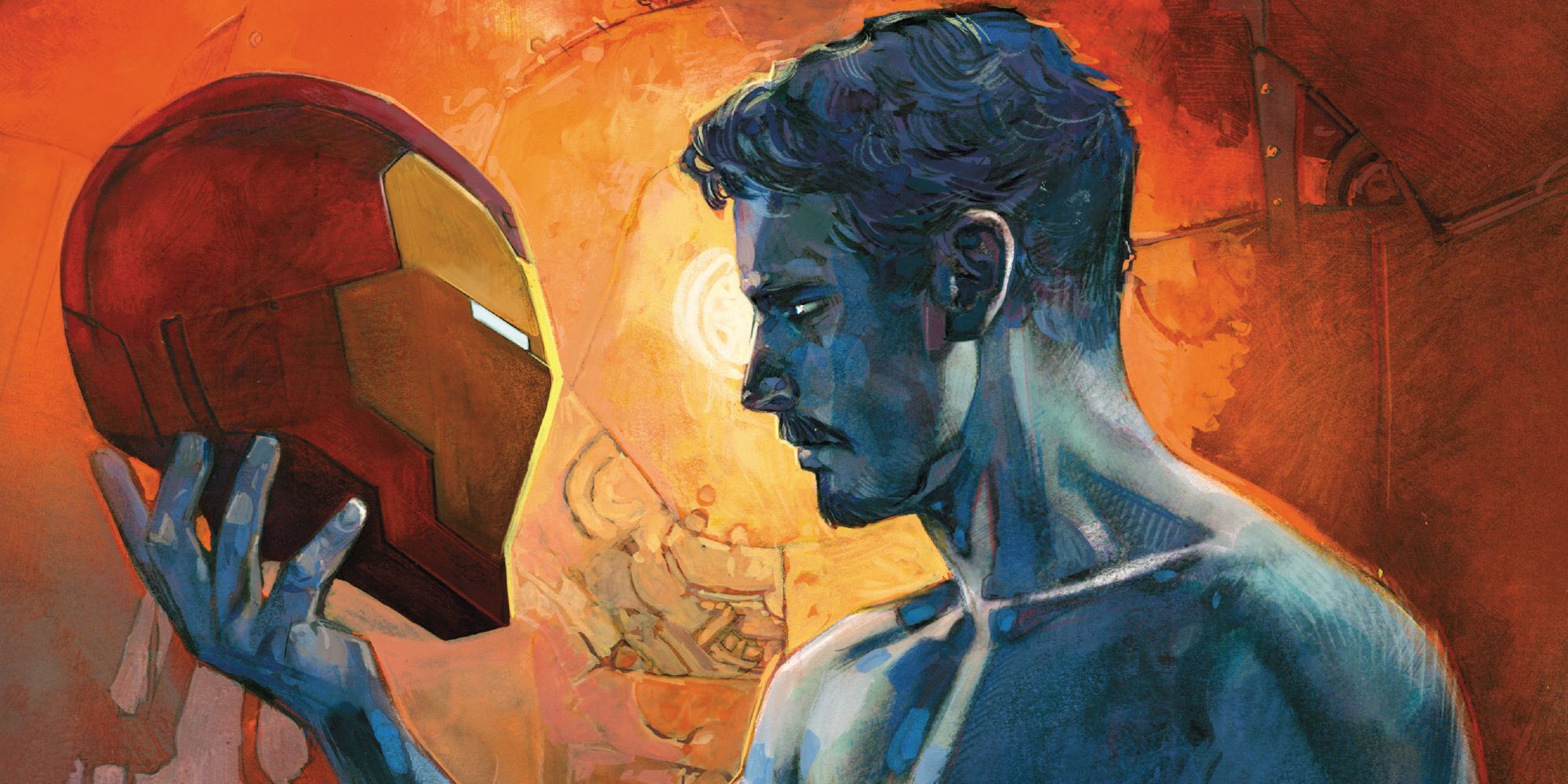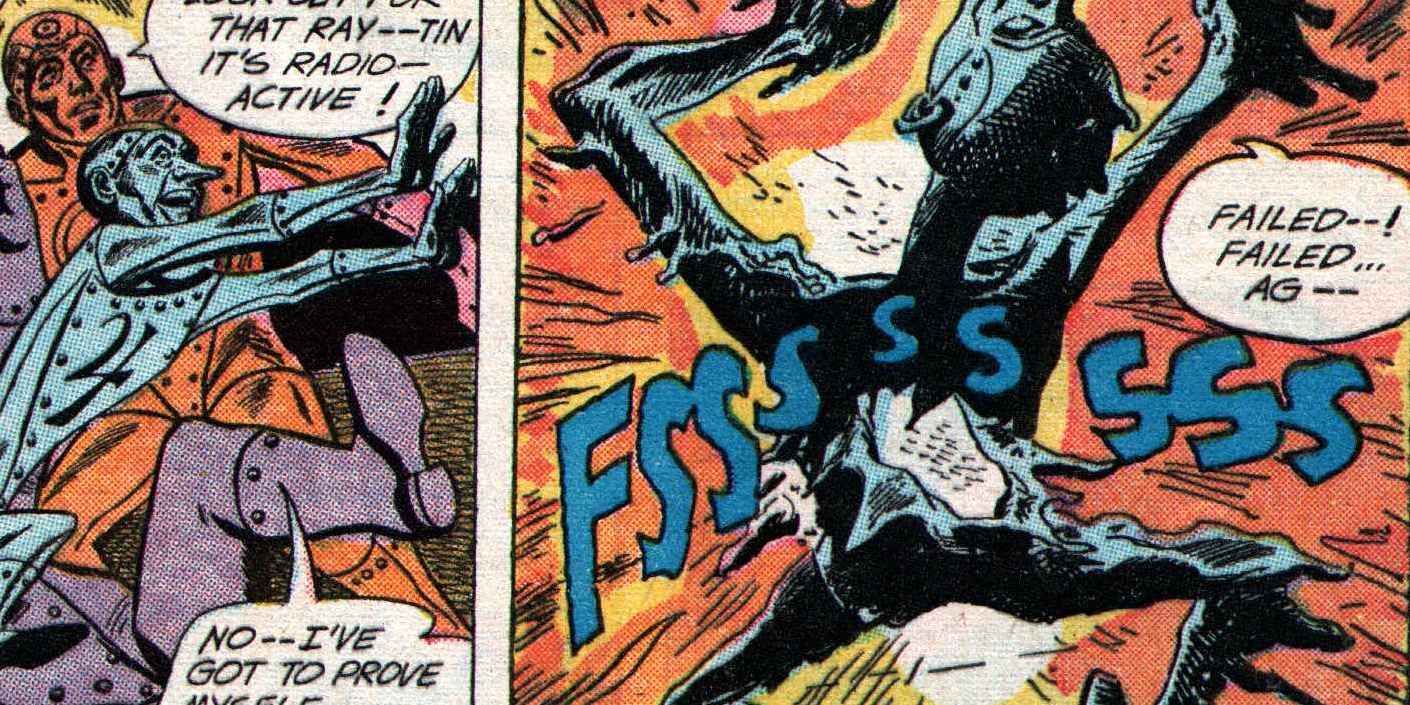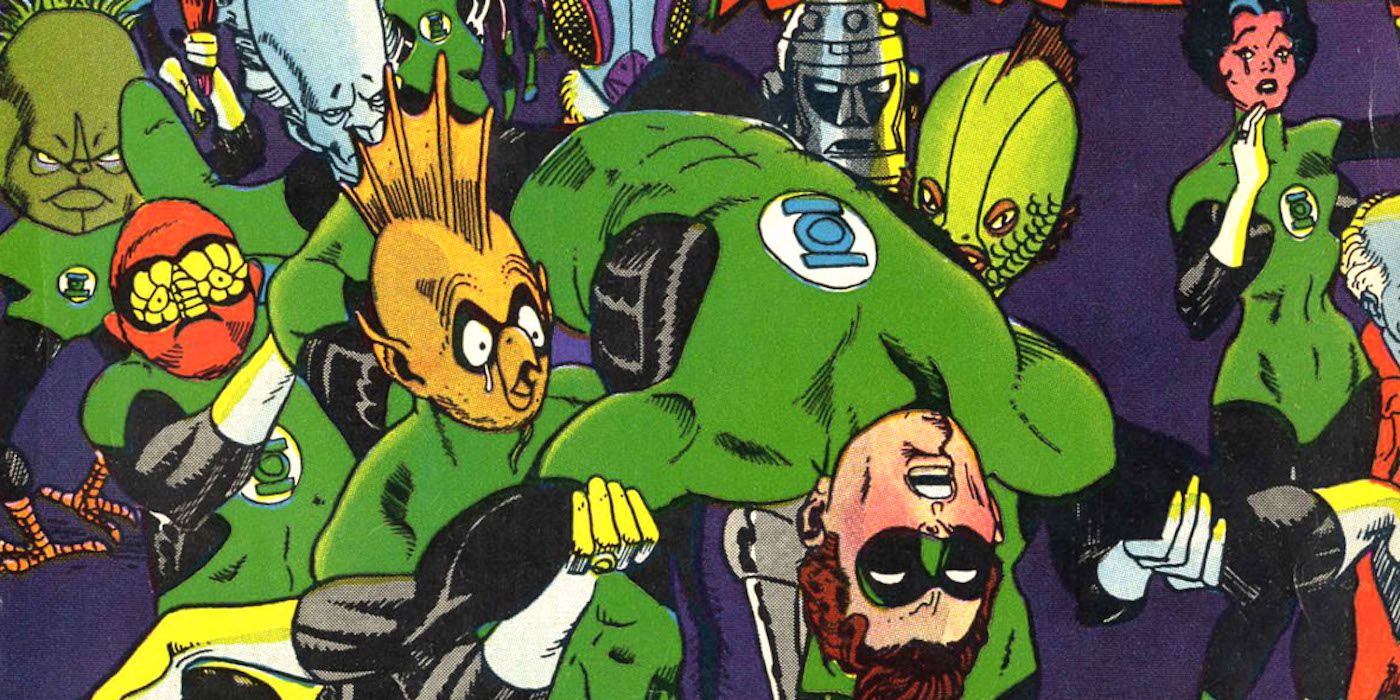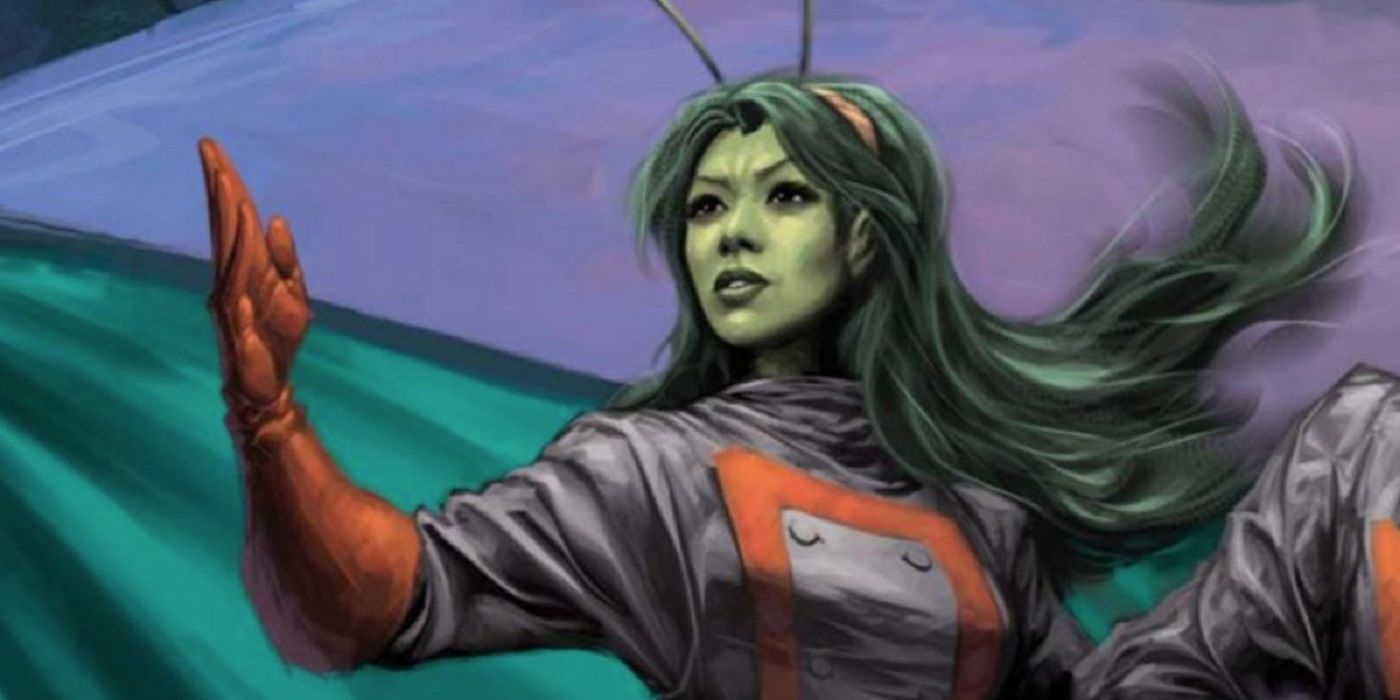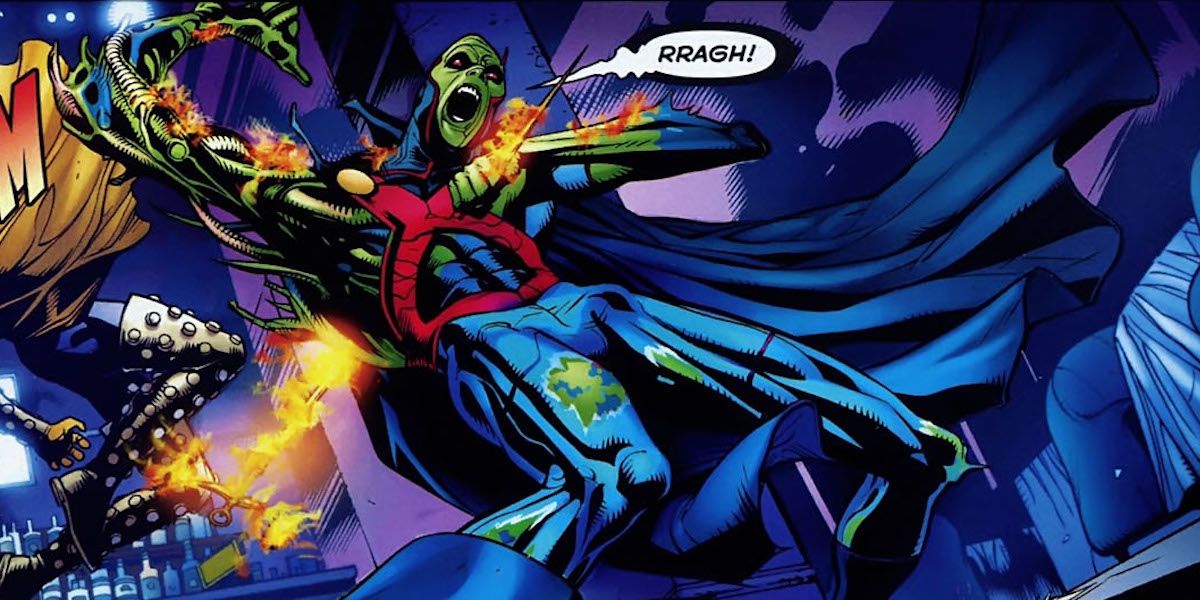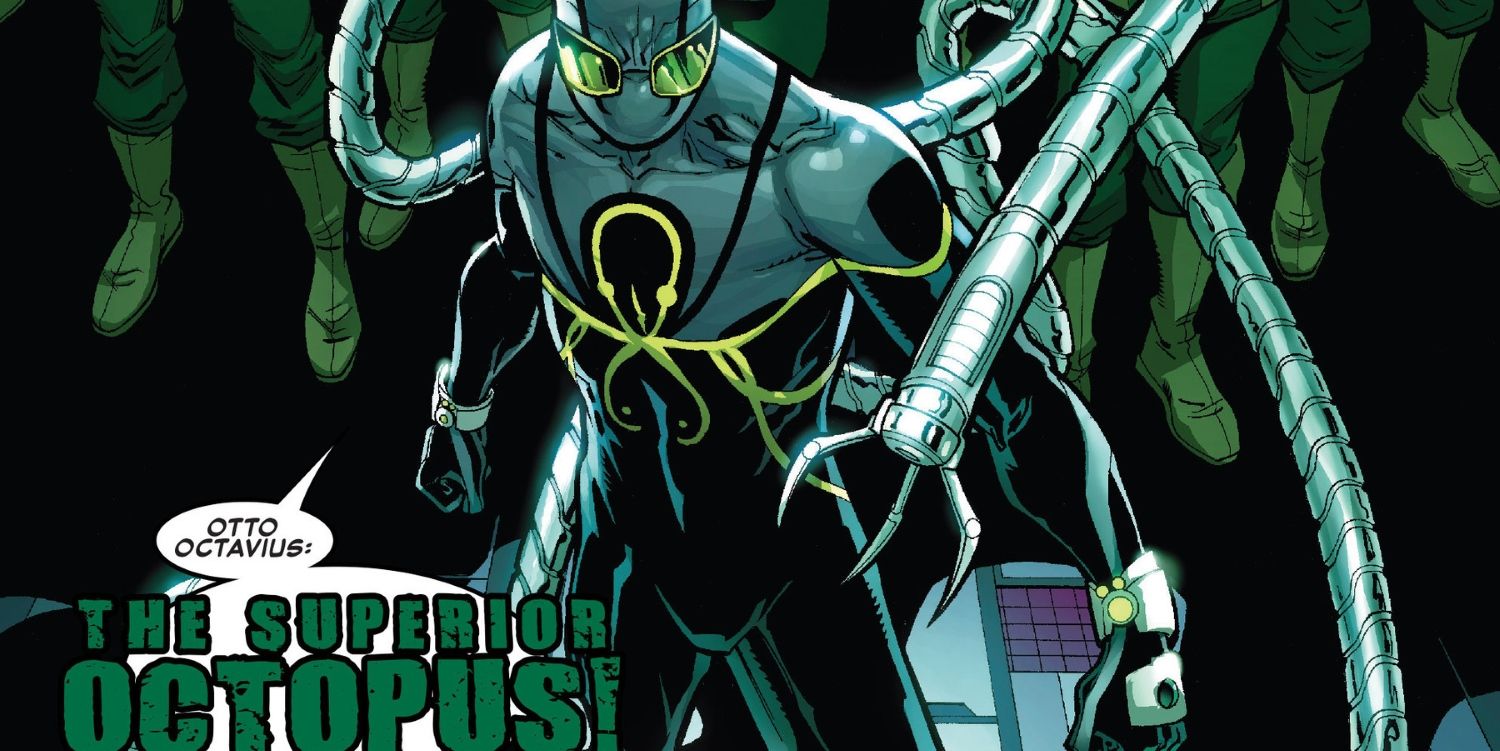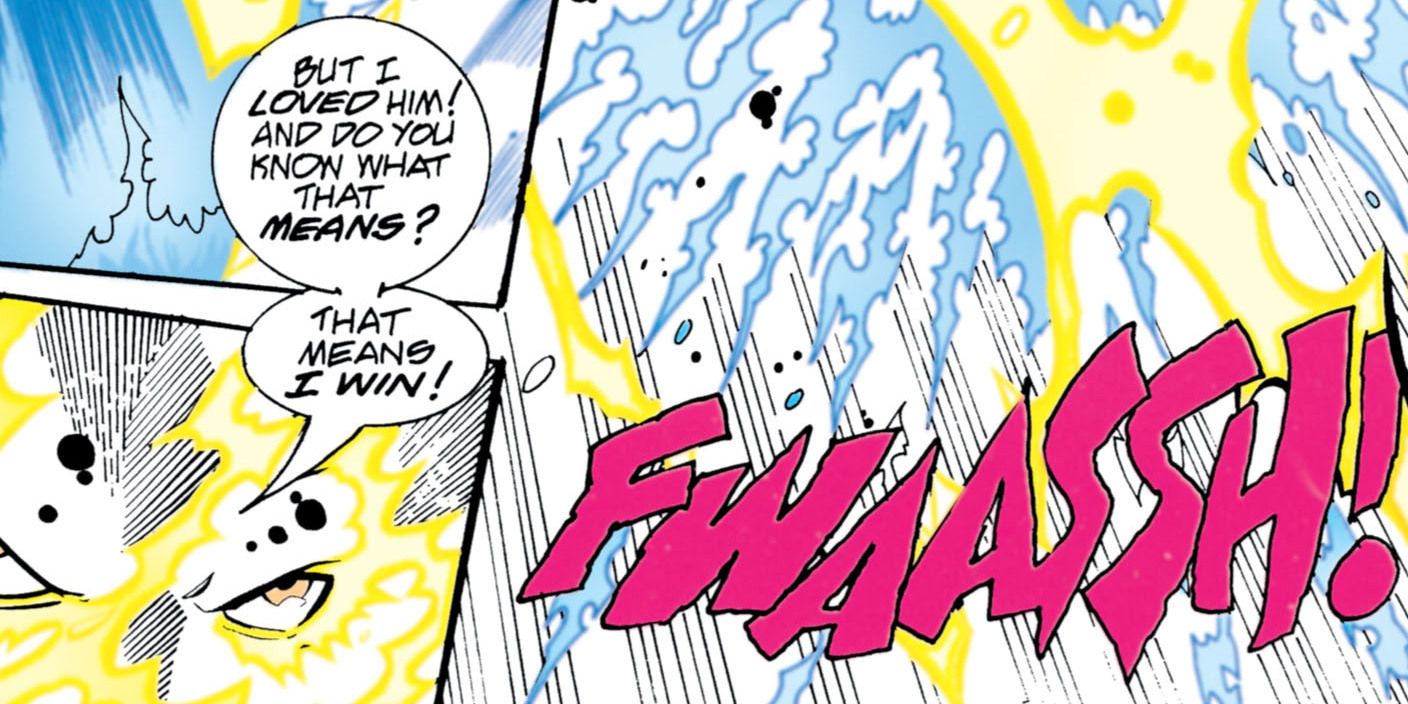It used to be all a comic needed for suspense was a deathtrap. Lex Luthor buries Superman under a mountain of kryptonite, for instance — how can the Man of Steel get out alive?
But like adrenaline junkies, comics writers constantly raise the stakes. As they got jaded about deathtraps (everyone knows the hero's getting out, right?), the next step up was death itself. If the trap actually kills the hero, now you've got some tension going! Nowadays, however, even death only merits an eye-roll; did anyone really think Bruce Wayne bought the farm at the end of 2014's Endgame? But comics keep playing that card, because it's hard to top death as a cliffhanger.
In other cases, the hero's resurrection is the price of working on characters you don't own. The writer meant the death to stick; someone else decided it won't. C'est la vie.
The following fifteen deaths were all undone within a year. Most of them are Death As Cliffhanger, but a couple were at least meant to be permanent. Read on and see how easy cheating death can be in the superhero world.
15. Adam Warlock
As Adam Warlock’s first series made him a Jesus allegory, death and resurrection were pretty much inevitable.
God, in the allegory, was the Marvel super-scientist known as the High Evolutionary. He created Counter-Earth, a planet on the far side of the sun, in just six hours. He dreamed of making a world like Earth but without hate or violence, only to see his version of Satan, the Man-Beast, subvert Counter-Earth's people to evil.
The High Evolutionary would have destroyed his creation, but fortunately, he’d become friends with Adam. Warlock offered to descend from the heavens to Counter-Earth and try to exorcise the Man-Beast. The battle was still ongoing when cancellation hit after Warlock #8, so things wrapped up over in Incredible Hulk. In #177 of that series, Man-Beast, now Counter-president of the Counter-USA, crucified and killed Warlock. Just one issue later (it should have been three, right?), Warlock resurrects, banishes the Man-Beast, and saves the world.
It’s not a patch on the later, better known Jim Starlin series, but it’s hard to imagine one of the Big Two trying anything like this today.
14. Guy Gardner
Guy Gardner was Hal Jordan's designated successor as Earth's Green Lantern. While Hal was temporarily out of action, Guy slipped on the power ring in Green Lantern #116. Neither man knew Hal's battery had been damaged in a previous adventure, so when Guy charged the ring, he exploded.
As Guy was a minor character, that seemed less significant than Hal falling for his supposedly dead replacement's girlfriend, Kari. Green Lantern #122 featured their wedding, but Guy crashed it. The explosion had hurled him into the Phantom Zone, where he'd became the brainwashed puppet of the Kryptonians trapped there, a tool to use against Superman. At the end of the issue, Guy was alive, but comatose.
Ironically, that proved to be the making of him. When Guy woke up years later, he was no longer the nice guy he had been. He resented that Hal had been picked to be the Green Lantern instead of him, resented the years he'd spent in a hospital bed. When he received a ring of his own, he became the toughest, meanest, most badass GL Earth had seen. That’s been the foundation for his popularity ever since.
13. Nick Fury
Nick Fury survived five assassination attempts from Hydra in his first story as an agent of SHIELD. In Nick Fury, Agent of SHIELD #15, his finally luck ran out. As Fury and his girlfriend attend a rock concert, the assassin Bull’s Eye guns Nick down. No, not the famous Bullseye from Daredevil, mind you, but an earlier villain who relied on a computer-aimed rifle for precision shots. The tech didn’t help when SHIELD gunned him down a few moments later.
With the series canceled, that seemed to be it for Fury. Two months later, though, the Avengers were battling the crime cartel Zodiac in Avengers #72 and losing. Fortunately for them, Zodiac member Scorpio turned out to be Nick Fury in disguise. He'd replaced the real Scorpio (Nick's brother Jake) after the latter had a run in with SHIELD. As it turned out, the Fury that had been killed at the concert was a life model decoy filling in for him. It wasn’t the last time Nick would apparently die or fake his death with an LMD.
12. Batman
Despite being the world’s greatest escape artist, Batman has died quite a bit. In just the 21st century, he died at the end of Final Crisis, then he died again at the end of the Endgame arc. In Batman #291 he’s dead before the issue starts — but nobody knows how or who’s responsible.
As the underworld wants to salute the person who did it, they hold a show trial — Ra's al Ghul serves as judge, Two-Face as prosecutor. In successive issues, Catwoman, Riddler, Luthor (claiming he trapped Superman’s mind in Bats’ body first), and the Joker present their case to the court. Two-Face demolishes each presentation until the Joker, whose claim appears solid.
In reality, the Joker murdered an unidentified Batman wannabe, though even the Hoodlum Harlequin doesn’t know that. Batman, disguised as Two-Face, set up the trial to learn who murdered the man and get clues to his identity. Once he succeeds, the masquerade ends. The Joker was not happy.
11. Spider-Woman
Like Nick Fury, Spider-Woman died with her series, then returned in Avengers.
In Spider-Woman #50, she and her sorcerer friend Magnus battled Morgan le Fay on the astral plane. They won, but when Spider-Woman returned to her body, it was dead -- a last, malicious bit of revenge from Morgan. Rather than have her friends mourn, Spider-Woman got Magnus to erase all memory that she’d ever existed, either as Spider-Woman or her secret identity Jessica Drew.
It didn’t work. When the Avengers see her body in Avengers #240, they immediately remember her. Oh, and her body isn’t actually dead. It turns out Magnus, having fallen in love with Jessica, fudged the truth to keep her spirit with him forever. When he tries to fix things, that gives Morgan an opportunity to take over Spider-Woman’s body.
In the end, Magnus died and Spider-Woman lived. Surprisingly, after all that effort to resurrect her, she later faded into oblivion for years before becoming prominent once again over the past decade or so.
10. Red Ryan of the Challengers of the Unknown
Red Ryan returned from the dead not through courage or luck, but through fan outrage.
After surviving a near-fatal plane crash, the four heroes known as the Challengers believed they were living on "borrowed time." In Challengers of the Unknown #55, Red’s time finally ran out. The Challengers’ old foe Multi-Man used a shock wave to trigger worldwide volcanic eruptions. Red stopped the fatal shock wave with a bomb, but as the timer didn’t work, he had to detonate it by hand — no chance to run.
It was a daring move to have such a tight-knit team lose a member, and it was an unpopular one. Even after Red’s younger brother Tino replaced him on the team, fans were still unhappy. So it was later revealed that Red had survived the blast but was an amnesiac, then delusional, seeing his former team as his enemies. Still, Red's death was a commendable attempt by the creators to shake up the status quo.
9. Dr. Strange
Instead of murdering Doctor Strange, Silver Dagger might have become the Pope. He’d been a rising star in the Catholic College of Cardinals, but his fanaticism got him blacklisted instead. Frustrated, he convinced himself that God had chosen him for something even greater — purging the world of sorcery. After studying magic, then killing his teachers, Silver Dagger targeted Earth’s Sorcerer Supreme, Stephen Strange. And in Doctor Strange #1, his stab in the back succeeded.
In death, Strange’s spirit was sucked into the Orb of Agamotto, battling against the phantasms he found there and, finally, against Death. The Ancient One’s spirit explained that every sorcerer supreme had to pass into Death’s realm and return. By so doing, Stephen had preserved himself against natural death — he could be killed by violence or sorcery, but he would not age. Returning to Earth, Dr. Strange took on Silver Dagger, who was attempting to deprogram Clea from Strange’s supposed cult. With no opportunity to bushwhack Strange, Silver Dagger didn't have a chance.
8. Superman
Krypton’s Virus X is the deadliest disease in the universe — and in Action #363, Superman caught it. Not only did infection mean certain death, the Man of Steel had to isolate himself or risk unleashing an unstoppable pandemic. By #365, though, it was obviously no use. Superman was dying, so his friends rocketed him into space, to burn his body in a distant sun.
The following issue, it appears that Supes has returned. In reality, it’s the Justice League impersonating the fallen hero while the inhabitants of Kandor, a shrunken Kryptonian city, can decide which of them will replace Superman as Earth’s defender. By the end of the story, the Man of Tomorrow has returned alive and well. A chance exposure to rare white kryptonite on his trip to the funeral pyre killed the virus, restoring Superman to full power.
Like Batman, Supes had several more deaths in the pipeline, most famously the 1990s “Death of Superman” event. That one lasted a bit longer.
7. Iron Man
In the grand scheme of things, most hero deaths don’t matter very much. Iron Man’s death in Iron Man #18 actually changed the status quo.
In #17, a Tony Stark LMD went rogue and replaced him, convincing everyone at Stark Enterprises that the real Tony was the phony. In #18, Tony destroyed the LMD, but the strain on his injured heart killed him.
Fortunately, Iron Man’s an Avenger. The Avengers’ medical technology forced Tony’s heart to keep pumping long enough for a brilliant surgeon to implant an artificial replacement. After years of relying on his armor's chest plate to keep his heart going, Tony could live a normal life.
Tony actually quit briefly, turning over his iron suit to boxer Eddie March. Inevitably, he got back into action, but he was no longer at constant risk of dropping dead. Comics blogger John Seavey has argued that in the long run, that made Iron Man much harder to write, and it's hard to disagree.
6. Metal Men
According to comics legend, when a story planned for DC’s Silver Age Showcase #37 didn’t materialize, Robert Kanigher came up with a substitute over the weekend. That would make the Metal Men one of the most successful Hail Mary plays ever.
Created by genius Dr. Will Magnus, the Metal Men were robots with AIs contained in the small "responsometers" implanted in their metal bodies. The responsometer not only gave them personalities, it let them shapeshift. Iron could form hammers, Tin could form tin cans, Platinum created platinum wire, and so on.
None of this helped when Magnus volunteered them to fight a flying, radioactive prehistoric manta ray (Kanigher came up with this over a weekend, remember?). The robots defeated the creature, but only by sacrificing themselves in the process. Magnus built a replacement team the following issue. but they turned out to be … robotic. The doctor discovered the Metal Men were so human because cosmic rays had energized his original responsometers. He couldn't duplicate the effect, so he rebuilt the originals. As they kept putting themselves on the line for humans, it would be far from the last time he did it.
5. Green Lantern
Green Lantern #46 tried very hard to convince readers that there was no way Hal Jordan could show up in next issue alive. The split-personality master of magnetism Dr. Polaris had drained the power ring’s charge, even the reserve energy in the ring that protected Hal’s life. Then Polaris had killed him. Hal’s superiors, the Guardians of the Universe, checked the body out and there was no question: Hal Jordan was dead.
Fortunately, the inhabitants of the 58th century had previously transported Hal into the future to help them, and in #47, they did it again. Their instruments identified a “faint spark of life” (always a good comics solution to fatal injuries) and fanned the spark to a flame.
When Hal returned to the present, he figured it all out. Polaris' good side had subconsciously forced him to pull his magnetic punch. It had still been strong enough that it had blocked the Guardians’ tricorders. Like the title said, “Green Lantern Lives Again!”
4. Mantis
In Mantis’ long and colorful history, death is really just a minor blip.
By the time Mantis joined the Guardians of the Galaxy, she’d been a martial artist (praying mantis style, of course), an Avenger, become the cosmic Celestial Madonna, joined with Kang the Conqueror to destroy the Avengers (something that was later retconned away), and even popped up in the pages of DC Comics. Then she joined the Guardians and eventually died.
Marvel’s Secret Invasion crossover event had destroyed the alien Skrull Empire, destabilizing the galactic balance of power. As different factions squared off against each other, the Guardians found themselves facing trouble on all sides. Then the Magus (Adam Warlock’s evil future self) apparently killed several members of the team, including Mantis. Just a few issues later, it turned out the Magus had faked their deaths and placed them in suspended animation.
The film version of Mantis is miserable because she’s spent her entire life alone with Ego the Living Planet. If she knew all the trouble she’d missed, maybe she’d feel better.
3. Martian Manhunter
Martian Manhunter limped along for years as a second stringer and a backup character. Somewhere along the way, writers started to tap into his potential and make him interesting, none more so than John Ostrander in the late 1990s Martian Manhunter series.
In delving into J’Onn’s history, Ostrander revealed that the Manhunter was not, in fact, the last survivor of his people. His own brother, Ma’alefa’ak, had survived the plague that wiped out the rest of the green Martians. When he learned J’Onn lived, “Malefic” came to Earth. He intended to make J’Onn’s life a living hell, then end it.
Using Martian shapeshifting ability, Malefic soon convinced the Justice League that J’Onn was a monster. When J’Onn fled from his friends, Malefic destroyed him. The following issue, it turned out that J’Onn had used an extreme shapeshifting trick to grow a second body. This left him weak enough that his brother almost won in the rematch, but J’Onn reluctantly killed his bro and cleared his own name.
2. Spider-Man
When any villain possesses a superhero's body, everyone knows it’s temporary. The hero’s mind is lurking there, waiting to fight back and reclaim their form. The Superior Spider-Man series twisted that expectation after Otto Octavius became the new Spider-Man.
In Amazing Spider-Man #700, Doctor Octopus escaped his dying body and took over Peter Parker’s. In the Superior Spider-Man series, Doc Ock, having been shaken by glimpses of Peter’s heroic memories, set out to follow in the web-slinger’s footsteps. He would be a better hero, and a better, more successful Peter Parker (head of a thriving tech firm) as well.
Several issues later, the good doctor discovered Peter’s mind was still around, as readers expected. Instead of reclaiming his body, though, Peter died, erased from his brain forever. Of course "forever" meant only another year, as Peter's mind (spoiler!) hadn't really died. The arc did shake up Peter's status quo a bit, as he had to deal with his new tech company and...ahem...other changes Octavius had wrought.
1. The Flash (Wally West)
When Wally West replaced Barry Allen as the Flash, he didn’t guess he’d die battling the evil twin Barry never knew he had. Life in the DCU is like that.
After Barry’s brother Malcolm learned of their relationship, he became consumed with jealousy. As Cobalt Blue, he sought to steal his bro's speed and then his life. Wally raced through time to try and thwart Malcolm, but Cobalt Blue wound up changing history by killing Barry. That prevented Barry's later heroic death saving the world in the Crisis on Infinite Earths crossover event, which meant that story ended with the world destroyed.
In the new reality, Wally was the only superhero left. His only hope of changing things was to run back through time, save Barry from Cobalt Blue, then destroy the villain in a suicide attack.
Wally wasn’t dead, of course, but the arc to reviving him was entertainingly complicated. It involved supervillain Abra Kadabra, parallel-world Flash Walter West, a mysterious Dark Flash, Wally's girlfriend getting erased from history, and Wally running through multiple realities to get home. Which eventually he did, of course, but not without causing DC readers some serious headaches.
--
If you have a favorite death and (almost immediate) return we didn't mention, tell about it in the comments.

